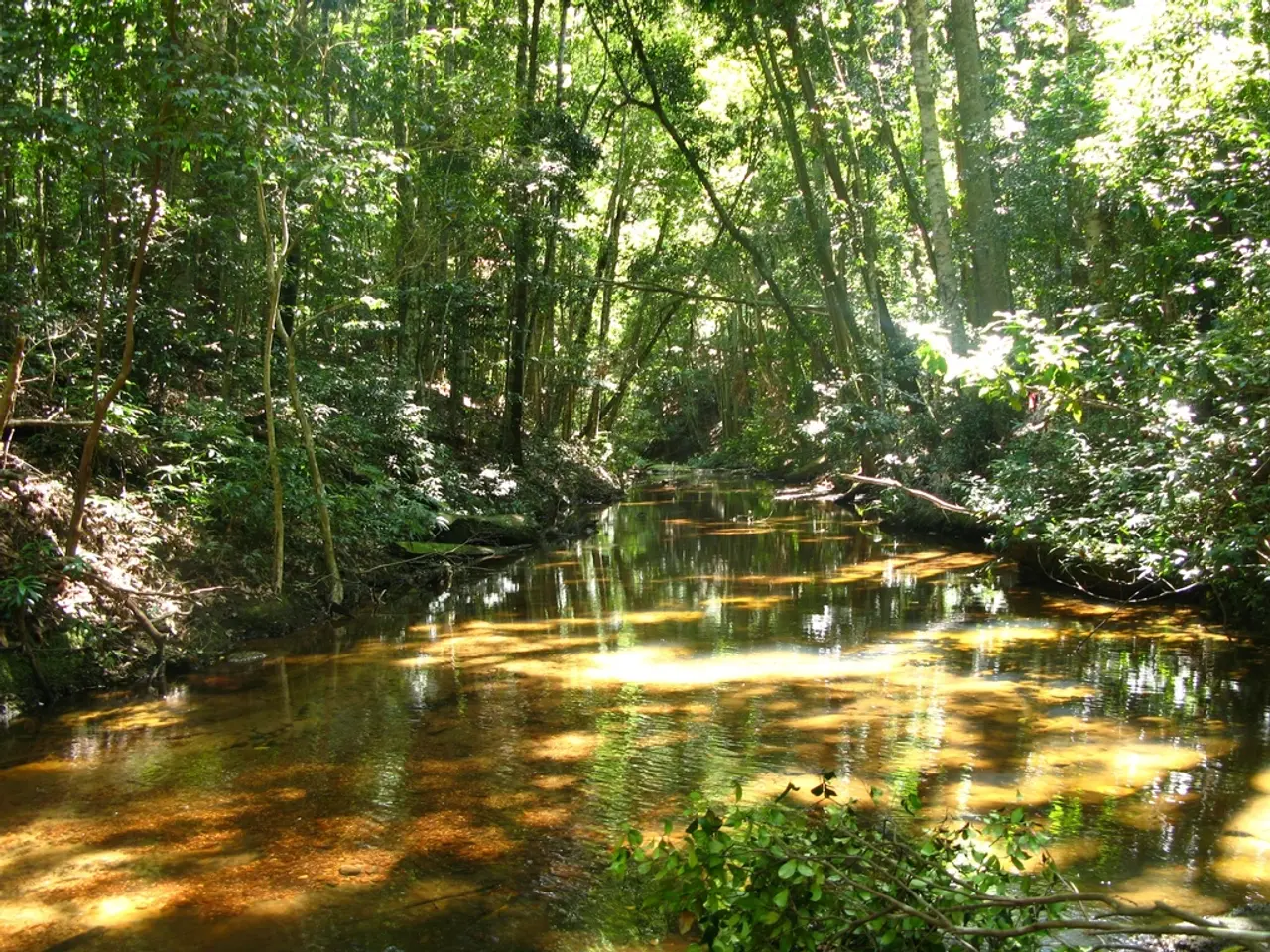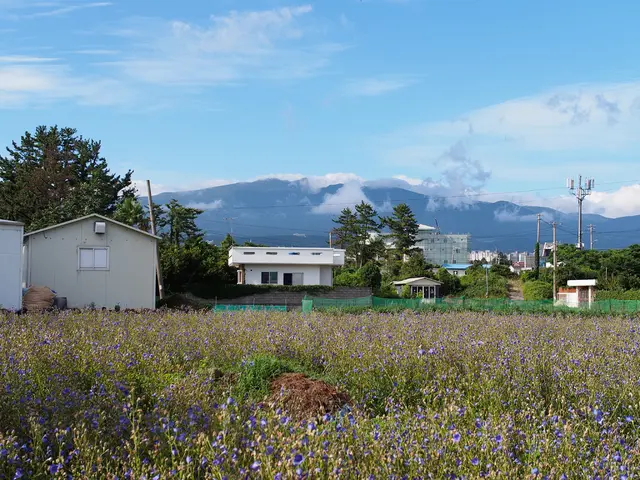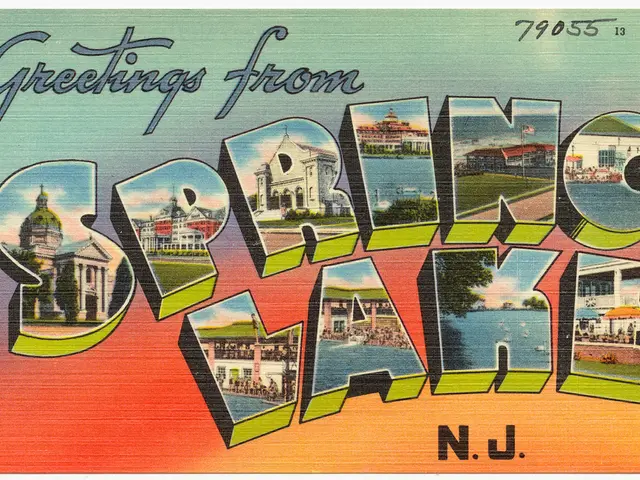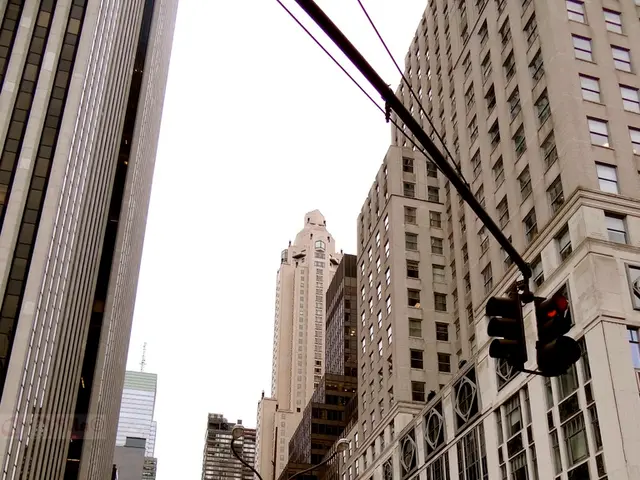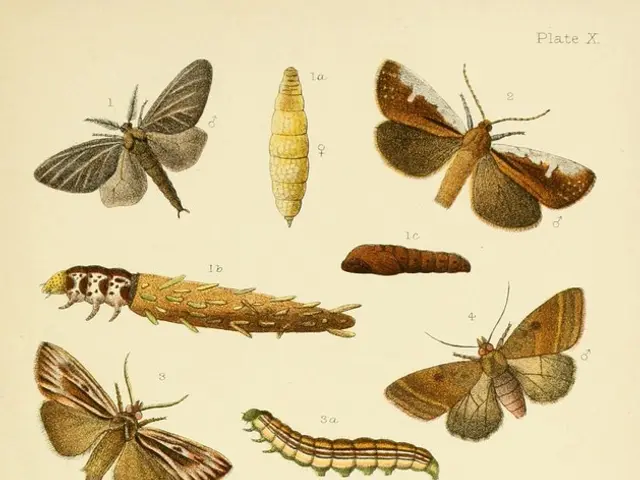Climate Change Threatens Panama Canal's Gatun Lake, City's Water Supply
Gatun Lake, the vital water source for the Panama Canal's locks, faces a significant threat from climate change. A recent study published in Geophysical Research Letters warns of substantial water level drops under high emissions scenarios, posing risks to canal operations and the water supply for Panama City.
The study projects significant water level declines at Gatun Lake over the next 75 years, increasing the likelihood of low water levels and disruptions to the canal's functioning. Droughts in 2016 and 2023-2024 have already demonstrated the canal's vulnerability to water shortages, causing global supply chain disruptions.
Gatun Lake serves as the primary freshwater reservoir for the Panama City metro area, providing drinking water for approximately 55% of the country's population. The Panama Canal, a critical global maritime trade route, consumes vast amounts of water - about 50 million gallons (190 million liters) per transit, more than double New York City's daily consumption. The Panama Canal Authority (ACP) is addressing this challenge by constructing a third artificial lake near the Indio River to expand the water reservoir serving the canal and the city.
The study found that while low-emission scenarios keep lake levels relatively stable, higher emission pathways lead to more frequent low water levels throughout the 21st century. The main driver behind reduced rainfall in Panama is increasing Pacific Ocean temperatures, which also characterize strong El Niño years, making future El Niño events' impact uncertain.
The Panama Canal and the water supply for Panama City face severe risks from climate change, particularly under high emissions scenarios. The study underscores the urgent need for greenhouse gas emission reductions to protect this vital waterway and ensure a stable water supply for the city.
Read also:
- Aiming to simplify the move towards cleaner automobiles, the newly established ministry plans to take direct action with Pannier-Runacher, Létard, and Vautrin at the helm.
- "The imperfect yet essential documentary, "Planet of the Humans," raises challenging and uncomfortable inquiries"
- Exciting Escapades of Tintin
- More than half of British homes adhere to insulation standards established during the 1970s.
